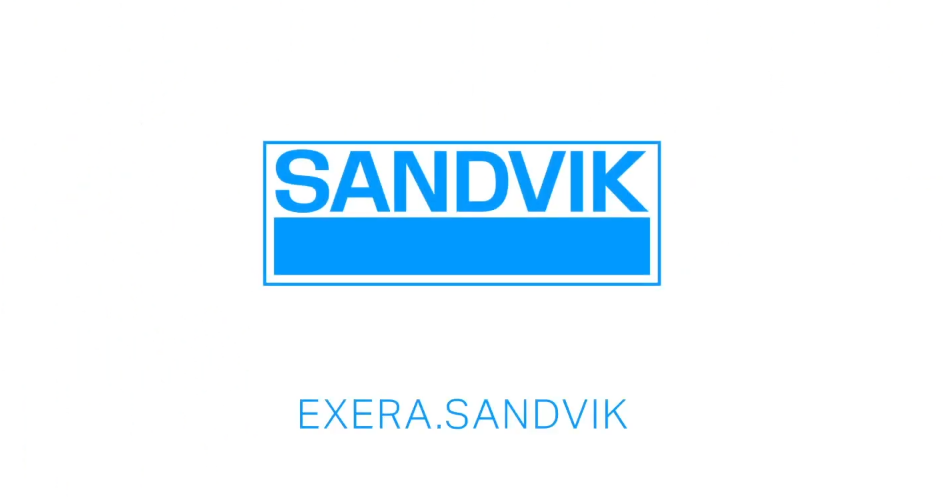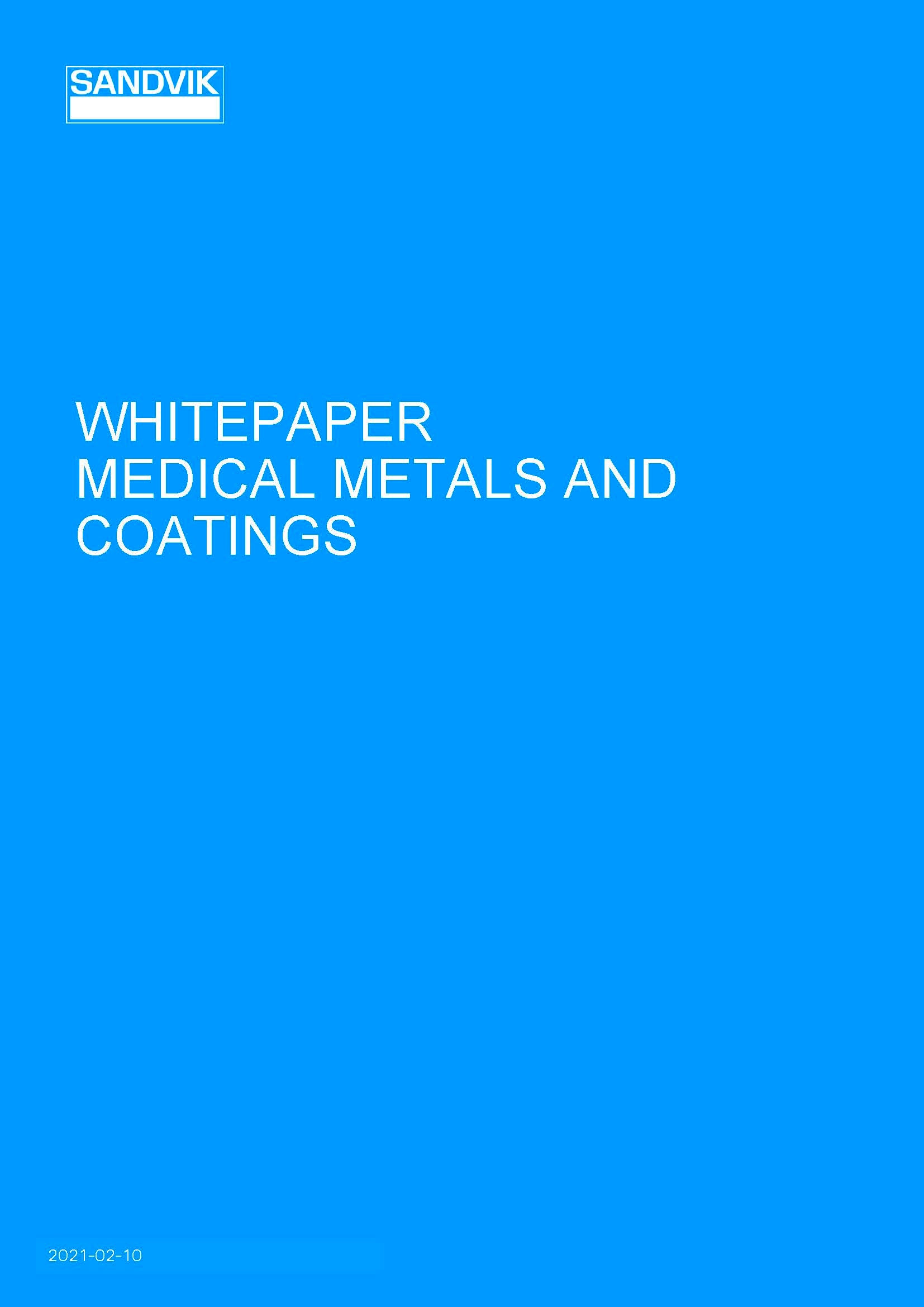
Getting the right wire component in a medical device is essential for ensuring that it works correctly. Typically, these components are responsible for sensing, transmitting, and stimulating the human body, and play a vital role in applications such as vascular therapy, biosensing and neurostimulation.
There are a number of factors that must be considered when designing and developing one of these products, from material selection and product form, to surface treatment. Metallurgy, the science that examines the physical behaviour of metals and mixed alloys, is key to choosing the appropriate materials for any given application.
Utilising expertise to choose optimal materials
Understanding the properties of materials ensures that the safest and most effective combination of metals and surface treatments are selected. What degree of fatigue resistance, conductivity or flexibility is required, and how do we strike the correct balance with a biocompatible material?
Getting all of these elements right can be tricky, and few manufacturers have the in-house expertise available with the experience to choose the right materials and configurations. Enter Sandvik, experts in alloys and steel, that has invested in the research and development of metal components since the company’s inception in 1862.
Variety of capabilities and materials
The development team at Sandvik works closely with OEMs throughout the design, prototyping and manufacturing phases to ensure that they are producing the best component possible for the application. With its variety of more than 200 alloys and various polymer coatings, Sandvik has designed components that have been used in a range of devices, including cochlear implants, pacemaker leads, and deep brain stimulation.
Most of the materials that Sandvik uses in its medical wire components are standard materials that have been adapted for medical wires. The components are designed to last, so properties such as cyclic fatigue are high on the list of priorities, along with tensile strength, corrosion resistance, conductivity and form stability depending on the intended application.
Sandvik’s datasheets outline the properties that each metal and alloy offers, but the most invaluable research is the expertise that OEMs gain when they form a partnership with Sandvik and its industry-leading teams of metallurgy experts and engineers. Not only is Sandvik able to advise on the most appropriate material selection, but the company offers custom-made alloys in the event that manufacturers are struggling to find a component that meets their needs.
Staying ahead of the curve
Part of Sandvik’s expertise in metallurgy is keeping up with future trends. In this digital age, medical devices are getting smaller, so Sandvik is meeting the challenge by creating ultra-fine wire that does not compromise on fatigue and strength properties.
Sandvik’s range of metal materials includes stainless steels, precious metals (platinum, pure gold and silver), carbon steel, cobalt-chromium-molybdenum alloys, constantan and copper sensor alloys, and Kanthal® resistance alloys. Kanthal is part of the Sandvik Group and provides products and services in the area of industrial heating technology and resistance materials.
Since October 4th Polyfil and Galvarex were acquired by Sandvik and merged into its business unit for medical wire and wire-based solutions. This means added capabilities for wire forming and components manufacturing and adding micro-tubes to the product offering.
For more information about Polyfil and Galvarex visit their websites respectively.
For more information about Sandvik’s wire and wire-based components and coatings branded EXERA®, including a full list of materials, or to contact Sandvik about developing a medical field device, visit their website or download their whitepaper below.



